Asia-Pacific’s two-wheeler boom is maturing. With growth easing to a 1.1% CAGR through 2035, the region’s motorcycle market is shifting toward premiumisation, electrification, and connected mobility as India, China, and the Philippines reshape the industry’s next phase.

Subscribe to our Instagram Channel for instant news & updates!
After more than a decade of relentless expansion, Asia-Pacific’s two-wheeler market is easing off the throttle.
IndexBox’s latest figures show consumption slipped to 92 million units in 2024, worth US $82 billion, and will rise only modestly to 103 million units by 2035, a CAGR of about 1.1 %. At first glance, that sounds like a slowdown. In reality, it signals a structural shift: the industry is maturing, diversifying, and preparing for a different kind of growth.
From Quantity to Quality
Motorcycles and scooters are no longer just cheap mobility tools. Urban riders are demanding safer, cleaner, and more connected machines. That’s why value is expected to grow faster than volume (+1.6 % CAGR). Premiumisation, digital features, and electrification are becoming the new frontiers of competition.
India and China: Factories of the Future
Production is now highly concentrated; India, China, and Vietnam account for nearly 90 % of regional output. India’s factory lines alone produced 36 million units last year, growing at a brisk +12 % annually since 2013. As labour costs climb in China, global brands are hedging their bets by scaling Indian and Vietnamese facilities and investing in local supplier ecosystems.
The Philippines’ Unusual Dominance
While the region’s manufacturing muscle lies in India and China, the Philippines has emerged as the region’s biggest buyer, taking in 87 % of all imports. Its motorcycle density, about 299 units per 1,000 people, is now the world’s highest. The country’s dependence on imports, however, leaves it exposed to exchange-rate swings and tariff changes, highlighting the need for domestic assembly and electrification programs.
A Tale of Two Prices
The IndexBox data expose a striking disparity: the average import price is only US $113 per unit, while exports fetch nearly US $987. That gap shows that much of Southeast Asia still trades in low-end commuter bikes, whereas exporters like Japan, Thailand, and China are moving upmarket with larger-capacity, higher-margin models.
What Comes Next
- Electrification. Government incentives from India to Indonesia are accelerating the rollout of e-scooters. Battery-swap networks, cleaner supply chains, and regional emissions rules could redefine competitiveness faster than raw sales volume.
- Connected mobility. App-linked diagnostics, navigation, and anti-theft systems are becoming standard. Tech partnerships, not just engine design, will determine winners.
- After-sales and circular revenue. As new-unit growth slows, service networks, financing, and resale ecosystems will drive profitability.
The Bigger Picture
The two-wheeler boom built Asia’s modern mobility. The next chapter will test who can adapt from mass production to smart mobility. Those betting on efficiency, electrification, and ecosystem services, not merely higher output, will shape the region’s roads through 2035 and beyond.



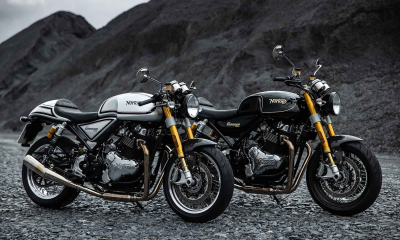

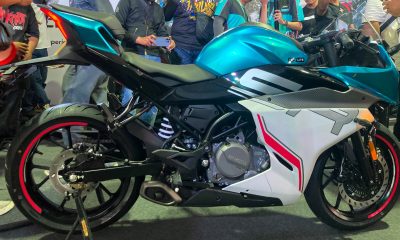
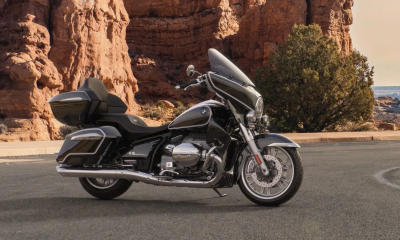

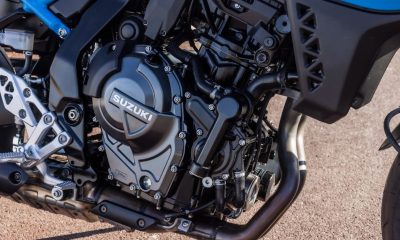


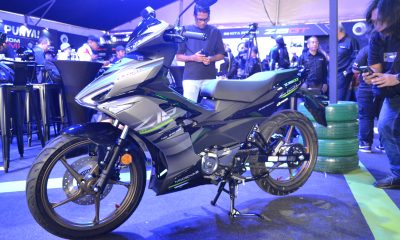
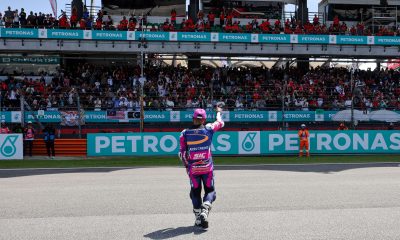


















Facebook
Instagram
X (Twitter)
YouTube
LinkedIn
RSS